LG 23MP68VQ Review
LG 23MP68VQ Review
Freesync, IPS and a 75Hz refresh rate for under £130
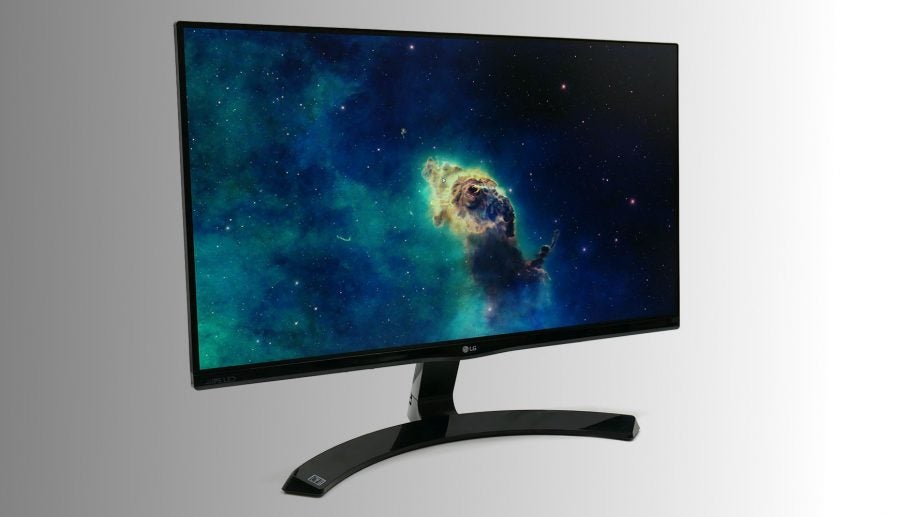
Sections
- Page 1 LG 23MP68VQ Review
- Page 2 Image Quality and Verdict Review
Verdict
Pros
- Stylish slim-bezel design
- Great image quality
- Better than average for gaming
- Has a VESA mount
- Great value
Cons
- Wobbly, non-height-adjustable stand
- Less than 90% sRGB coverage
Key Specifications
- Review Price: £130.00
- 23-inch IPS LCD panel
- 1920 x 1080 resolution
- Freesync
- 75Hz refresh rate
- HDMI, DVI and VGA inputs
- Headphone output
- Slim bezel
What is the LG 23MP68VQ?
The LG 23MP68VQ is a 23-inch monitor that costs just £130 but has some handy features that make it a great deal. These include an IPS panel with Full HD resolution, a 75Hz refresh rate, and FreeSync. This should make it an ideal budget all-rounder that provides the good overall image quality you expect from IPS while also making for a slightly better gaming experience than you’ll get with a typical 60Hz budget IPS display.
Of course, with such a low price there are compromises, so you miss out on a height-adjustable stand and extras like a USB hub – but for many these will be sacrifices well worth making.
LG 23MP68VQ – Design and Features
Given its low price, you’d be forgiven for thinking the 23MP68VQ would have a fairly mundane design. However, it actually looks rather good. This is mainly down to it using one of the new style of LCD panels – LG makes all IPS panels, so it’s at an advantage here – where the display’s bezel is half hidden below the front surface of the LCD panel’s front pane of plastic. This makes it look far slimmer and sleeker than traditional displays, where the bezel stands proud of the panel.
Related: The best monitors you can buy
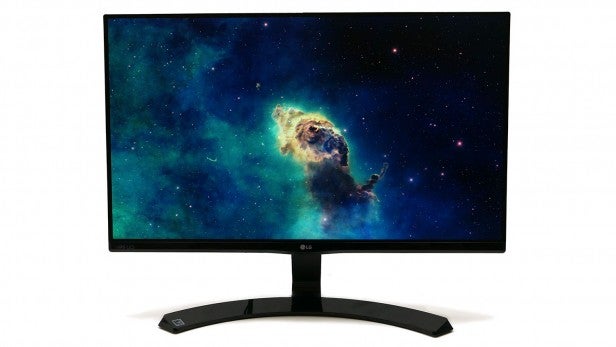
Along with this, the monitor is fairly slim overall and the curved stand finishes the look off nicely. The whole thing is glossy black plastic, so it does show dust and scratches quite readily, but this is typical of screens at this price.
As for build quality, the panel is as flimsy as most monitors, of any price. However, the stand is markedly weak. The base, which includes a supporting metal plate, screws onto the stand’s stem firmly enough, but then the panel simply clips onto the stem via a plastic coupling. It’ll be fine if you don’t abuse it, but you’ll need to be a little careful when adjusting it and picking it up.
What’s more, that plastic stem is considerably more wobbly than the sturdy stands you get on more expensive displays. It’s all perfectly acceptable stuff considering the monitor’s price, but it’s something to be aware of if you’re a heavy typist – the screen will oscillate if you’re hammering away at your keyboard too hard.
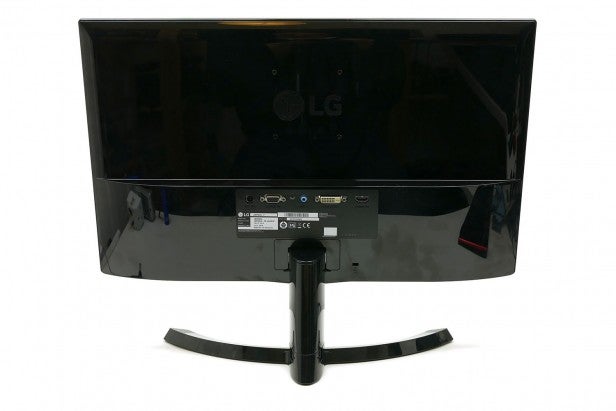
The other issue with the stand is more to be expected, which is that it offers very little in the way of adjustment. You can’t change the height or pivot the panel, while rotating the display left to right will just drag the stand along with it. The only thing you do get is a range of -2°/15° of tilt, which at least means you can get the best viewing angle, even if you still have to crane your neck downwards to see the display.
As for connectivity, it’s again fairly basic, and surprisingly backwards-looking. You get legacy DVI and VGA connections, but there’s no DisplayPort and just one HDMI. That makes it great for businesses looking to upgrade their screens for use with older computers, but for most home buyers it means you won’t have the easy option of being able to plug in both your PC and a games console or TV box.
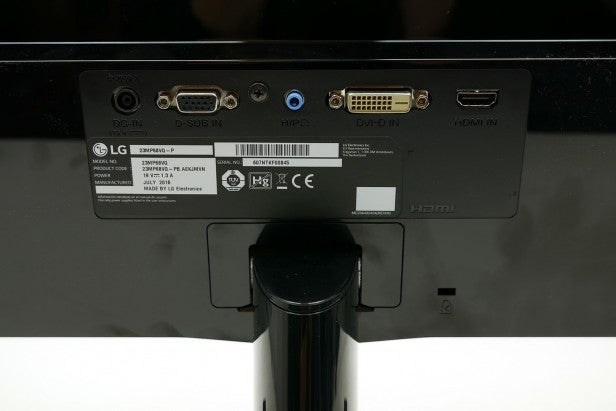
Also missing is a USB hub, while the power supply is an external one, so you’ll have to cope with having a chunky adapter plug. Again, it’s all typical of a budget monitor but something to be aware of.
LG 23MP68VQ – Setup and On-screen Menu
The LG 23MP68VQ arrives in three parts, but it’s easy to put together, with the stand requiring a screwdriver to be attached to the base and the panel clipping into place on the stand. You need a screwdriver again to unclip it.
What certainly helps setup is just how light the display is. At just 3.1kg it’s easy to lift one-handed from its box, as compared to much larger displays that can be a bit of a struggle to manhandle on your own.
Once physically set up there’s blessedly little need to jump into the on-screen menus, as image quality is mostly very good straight out of the box. However, you will want to switch the Black Level setting from High to Low. Set to High, the black level looks grey, resulting in a contrast of just 297:1 – it’s a very strange choice to have the monitor ship with such a mode turned on.
Otherwise the menu system is easy to navigate. A little joystick button on the underside of the bezel controls everything, making it easy to move up, down, left and right without the need to fumble around for other buttons. The menus are also logically laid out and quick to respond.
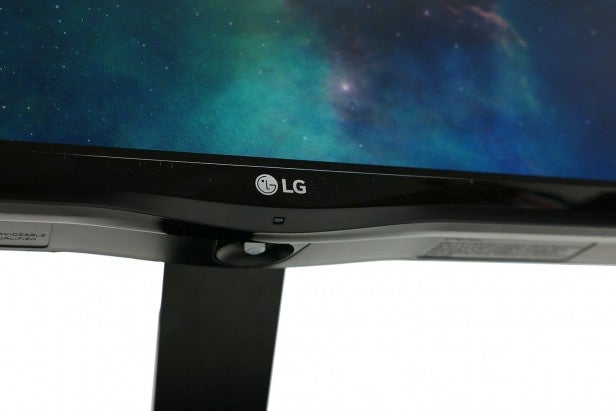
You get a couple of useful extra modes, too. A Colour Weakness mode aims to help those with red/green colour blindness better distinguish between those colours, while a Black Stabiliser mode makes it easy to quickly adjust the screen’s gamma level so that dark areas in games are brightened. The latter makes it easier to see enemies hiding in the dark – though you could also just turn up the black level to High for the same effect.
There’s also AMD FreeSync, which works with AMD Radeon graphics cards to limit frame tearing when your graphics card’s output doesn’t match the monitor. You’ll need to turn this mode on via the monitor to then unlock the Freesync option in the AMD driver, but there’s no disadvantage to doing so and it’s well worth doing. Once done, tear- and stutter-free gaming is yours.

